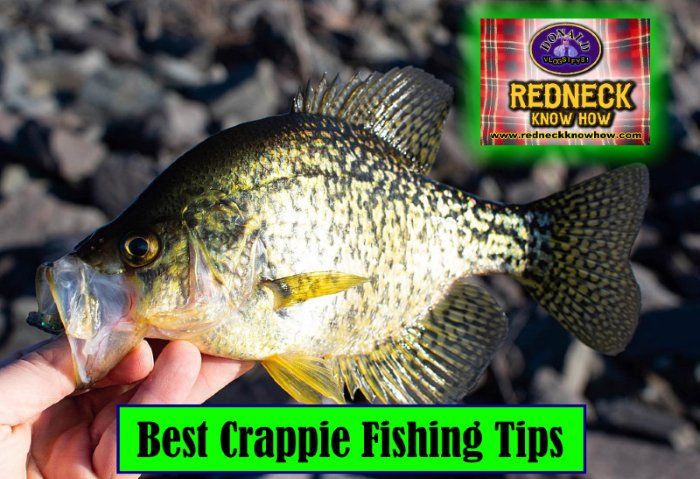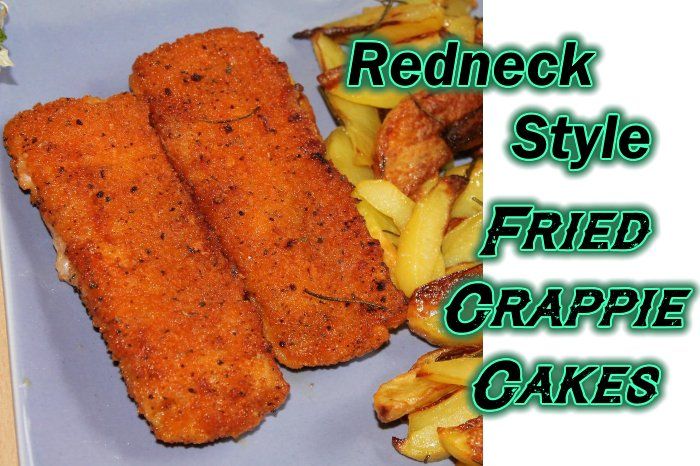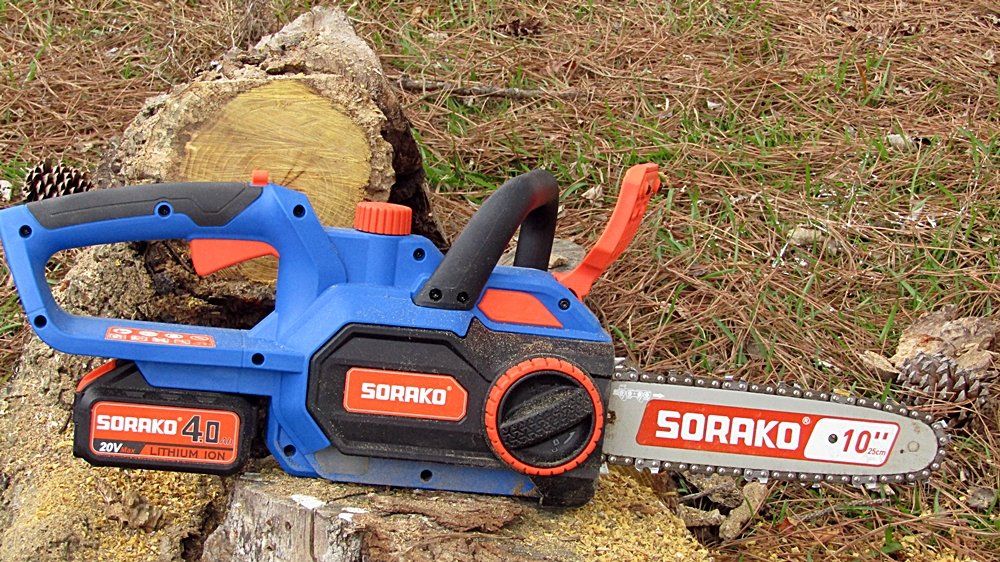
Blog Layout
Calling the Wild Tom Turkey
Mar 08, 2015
An overview of tom turkey calls and wild turkey calling tips.
Many wild turkey hunters spend alot of time, often staying up late into the night trying to get just the right call from their wild turkey calls. We scratch slate, scrape wood, and work latex reeds, trying with our best to mimic a wild turkey so we can call in that hardheaded tom turkey come the opening day of wild turkey season. Then opening day of turkey hunting season arrives and we get up well before dawn just hoping to outwit what has been called the dumbest bird ever made. And when we fail to bag that wild tom turkey, especially because we failed to call him in for a good shot, that phrase reverberates through our mind, "Dumbest bird ever made?" Yea... right. It has left a many a turkey hunter pondering his own intellect. And often we have swore never again only to find ourselves repeating the same ritual before the season closes and finally bagging the dumb wild tom turkey.
One important thing I've found that a wild turkey hunter must practice is restraint. Many hunters, especially new turkey hunters, get a response from a tom turkey with a call and get excited and keep working away with that turkey call. Once you have located a tom turkey and gotten a response from him, it's best to switch to more subtle calls that imitate the soft sounds of feeding hen turkeys, or just stop calling completely for a bit to see if that wild tom turkey comes in to investigate. So here are a few things I find that work best. The cluck is defiantly a wild turkey call to practice. Many, in fact most turkey hunters overlook this call. And most turkey hens cluck much more than they cackle or yelp. Turkey hens cluck when they search for food, they cluck on the roost, and they cluck while feeding, and that dumb bird, tom turkey knows this. However the average turkey hunters will spend all their time and effort on cutting, cackling, yelping, and rarely cluck as most turkey hens do all the time. In fact one of the most fascinating things I ever saw was an old school turkey hunter working his magic with his turkey calls.
He had a beautiful wild tom turkey about a 150 yards out, and I expected him to start yelping and cackling away. Instead he clucked a bit and then went silent. A short time later we heard the tom and he was closer. That old turkey hunter made a couple more clucks and purrs, then he laid the friction call down and popped a diaphragm call in his cheek and remained silent. The wild tom turkey soon appeared 25, maybe thirty yards away. And soon after that he had bagged that tom.Later he told me when he had the wild tom turkey first responding, he could of talked to that old tom turkey all day long and he'd likely just sit right there and gobble back. So he went quit and the wild tom had thought he'd lost the hens, so he came looking for them. Ahh.. makes sense doesn't it? You sort of have to play the part of a hard to get wild turkey hen to get that tom to come in closer. If you keep yelping and cackling hard after every response the tom gives, he may come in a little closer, but if he thinks that hen, (you and your wild turkey call), is so hot he thinks the hen is just going to come running at anytime, the tom will stop and wait for that hen to come to him. So if you get quiet and seem only half interested, he'll come running.
Sounds like a game alot of single women play doesn't it? Normally a new wild turkey hunter tends not to call enough. Nor does he, or she, put enough emotion into their wild turkey call. Then as they have been calling for a bit, their confidence builds and they start calling way too much. Calling wild turkeys require no fancy wild turkey calls. Turkeys make a lot of different sounds, and most hunters learn enough to make the sounds realistic enough very quickly. But they lose sight of the fact that the right cadence is more important than how well the actual sound of the wild turkey call is. Yes you want the call to sound realistic, but knowing which call and how much to use the call in each turkey hunting situation is more important. Tell the wild tom turkey where you are and keep him interested, but don't over do the turkey call. Make the tom hunt for you.
The basic wild tom turkey call to use on an early morning wild turkey hunt is a series of short tree yelps. Make them sound sleepy, just enough to let the Tom turkey know you are there. Give a louder series of yelps if the wild tom turkey answers, then go quiet. Continuing to yelp at the gobbler as he is still in his tree, and that wild tom turkey is likely to keep gobbling at you expecting you (Being the wild turkey hen) to come to him. Remain quiet and the wild tom turkey may fly down and head toward you. Once you, (the wild turkey hunter impersonating a wild turkey hen), have gotten the wild tom turkey to fly down. You should be able to tell the gobbler is on the ground by the muffled sound of his call. Now is the time to make your play and really get the wild tom turkey interested. Make a few pleading yelps, then a short series of fly down cackles. Whack your hand, which should be gloved against your leg or maybe your hat to imitate flapping wings.
When the wild tom turkey calls again use a series of strong yelps. Begin with the tutt sounds that turkey hunter call cuts, then the yelps, and end with another cut. Now quietly set that wild turkey call aside, slide your diaphragm turkey call in your mouth to be ready to make some purrs and clucks, and ready your gun. Should it seem that the gobbler has stopped, scratch at the leaves beside you to encourage the gobbler to keep coming. But if the tom is still moving closer, be quiet and still. Make the wild tom turkey come looking for you. Should the gobbler seem to fade off or not come in all the way for a good shot, resume your wild turkey calling. Bring up the pitch and excitement of your turkey call a bit, pleading with the tom turkey with yelps to turn him your way again. When the gobbler is approaching you again, ease off the turkey call and let him hunt you.
If the wild tom turkey is already with some hens, that gobbler isn't likely to leave them and come to you. But often there is another tom traveling with him or somewhere around. If there is a group of wild turkey hens, the odds are good that there's more than one wild tom turkey. So don't jump the gun and change positions or just give up too soon. A wild tom turkey that is surrounded by hens can often be made to come closer by annoying his dominant hen into coming in to drive you off and along with her, the gobbler straggles along. To do this use alot of aggressive cackling, cutting, and yelping. Whatever sound she makes to you, give back that wild turkey call with the same rhythm and the same number of repetitions.
I hope this article about calling the wild tom turkey has been helpful and inspires you to practice how you call as well as how your wild turkey call sounds. Remember that knowing when to use the wild turkey call and when to stay quiet, or use more subtle calls can increase your success. Thank you for reading. And please take time to visit my sponsors by clicking on their banners. Each carries some great assortment of wild turkey calls and other wild turkey hunting gear that will help make your wild tom turkey hunting experience more successful.
Share
Tweet
Share
Mail
Redneck Know How Blog

By Donald Matthews
•
03 Jun, 2022
Every fisherman has his or her own favorite techniques to catch this beloved fish. Why is crappie, (or pomoxis, if you want to get scientific), are so beloved? Well, they give one heck of a fight when caught. A 2 lb. crappie can put up a fight to rival a bass of larger size. So catching them is fun. There is also the taste factor. Fried crappie tastes great.

By Donald Matthews
•
11 Oct, 2021
Everybody seems to be in love with dovetails these days. Myself included. They look nice, feel nice, and they make the woodworker feel an overwhelming since of pride when he makes tight and even. Especially the hand cut dovetails. Dovetail joints can be produced with power tools. And there are dovetail jigs you can buy and make. It makes getting precise dovetails with no gaps a lot easier. But nothing feels more satisfying than finally getting hand cut dovetails tight and gap free. And for the record, I use the term, “gap free”, very loosely. I’d wager that even the best woodworker gets gaps in their dovetails no matter how hard they try. Maybe not as many as us new to middlin’ woodworkers, and certainly not as noticeable, but there are gaps in their dovetails. Nowadays, people use dovetails not only as a joint, but as decoration. A showpiece if you will to show off the craftsmanship of the woodworker. But the reality is that they were not originally meant to be pretty. They were utilized to hold pieces that were heavily used together. Such as drawers or other parts of furniture and other items that were constantly pulled or tugged on. In the example below, you can see how the angles of the dovetails will keep the joint from coming apart during the tugging of the drawer when opening it. This part of the joint is where the dovetail joint get’s it’s name. Often when used on boxes, the orientation of those angles are switched around, placing them on the front of the box as a decoration, and the pins of the joint is put on the side. Great for looks, not so great for function. Of course for most smaller boxes, the function of the dovetail really isn’t needed and using dovetails for looks is fine and an anesthetically pleasing way to show off craftsmanship. But let’s not give up on using the dovetail joint for utilitarian purposes when building boxes too quickly. They can be a great way to join a bottom to a box that will be holding heavier stuff, such as tool boxes. The angle of the dovetails can manage the stresses of carrying heavier items such as tools if you wish to maintain a *NO screws or nails* policy on your woodworking projects. Or you can use the dovetail joint along with screws for extra protection against the bottom dropping out. So the purpose of the dovetail is a lot more than to just make your woodworking look good. In fact, long ago, they were hidden. Simply a way to join parts and give them the strength to do what the item was meant to do, and be hidden when the drawer was closed. Using the dovetail joint for decoration is a modern thing. Which I have nothing against. I love to show off dovetails I’ve made nearly perfect. Well, in my eyes anyway. Roy Underhill and Paul Sellers would likely just look at them and grin, maybe chuckle at me being so proud of something so far from the skill level they have achieved.










